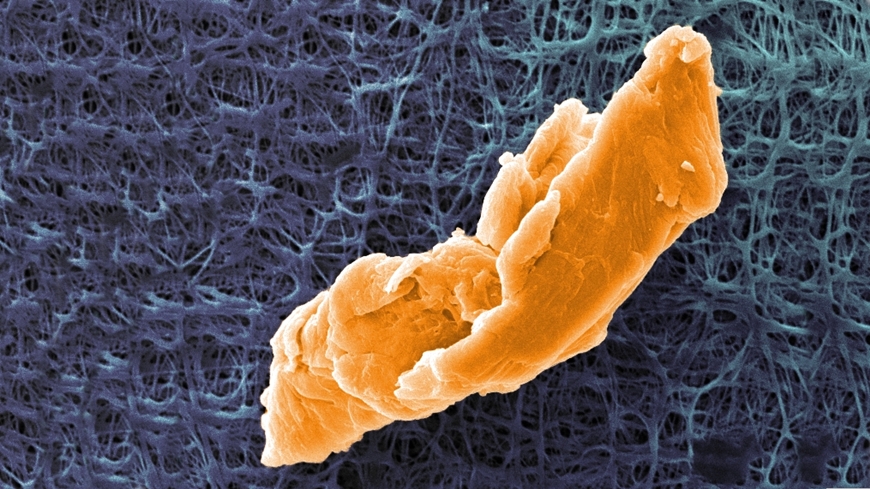Plastic Particles in Pregnancy May Increase Child’s Allergy Risk, Study Finds

Tiny plastic particles found in pregnant women could be setting the stage for a lifetime of allergies in their unborn children, according to groundbreaking research launched by Swiss scientists.
A multi-institutional research team is investigating how micro- and nanoplastics entering pregnant women’s bodies through everyday exposure might disrupt the delicate immune system development of fetuses, potentially explaining the rising rates of asthma, hay fever, and other allergic conditions.
“There is an urgent need for correct risk assessments of environmental pollutants for pregnant women,” said Tina Bürki, project manager at Empa’s Particles-Biology Interactions laboratory in St. Gallen.
The study, funded by the Eduard Aeberhardt Foundation, brings together experts from Empa, ETH Zurich, EPFL, the University of Zurich, and the Cantonal Hospital of St. Gallen. Their focus is the placenta, which researchers already know can be penetrated by nanoparticles, potentially disrupting crucial communication between mother and child.
Of particular concern is how these plastic particles might act as carriers for other pollutants, allergens, and pathogens. “By releasing hormones and other mediators, the contaminated placenta could contribute to abnormal developments in the child’s immune system,” Bürki explained.
The researchers will examine plastic particle wear from common consumer products and study their interaction with known allergens. Using human placental cell cultures and fetal blood cells, they aim to map how these particles move through the body and affect developing immune systems.
Their findings could help identify which types of plastics pose the greatest allergy risks, potentially reshaping guidelines for plastic use during pregnancy.



